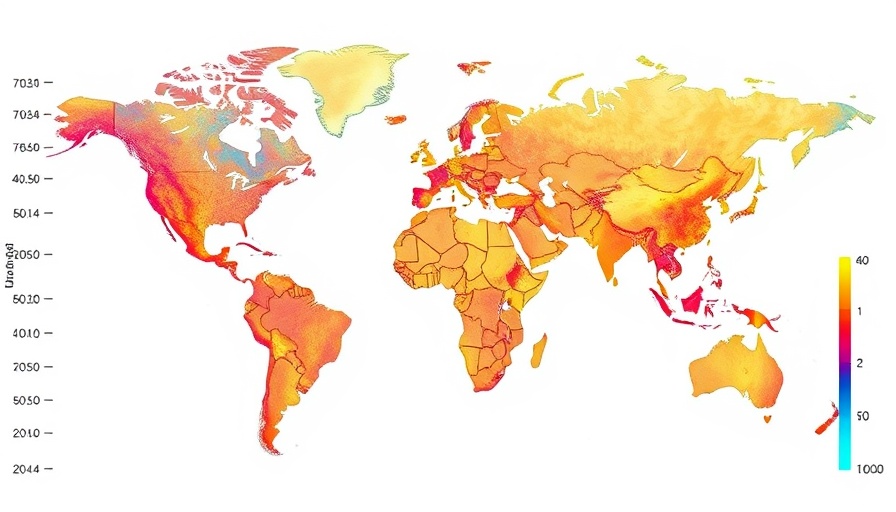
Understanding the Importance of Updating SAS Programs
SAS programmers often take pride in the longevity of their code, ensuring that programs written decades ago still run smoothly. This capability can be both a blessing and a curse. While it alleviates the need for constant code revision, it can hinder programmers from embracing modern advancements. As technology progresses, so do the tools and techniques available for data analysis, and revisiting old SAS programs can yield significant benefits. Updating old code not only fosters efficiency but also enhances visualization and analysis through more contemporary methods.
Modernizing SAS with PROC LOESS: A Unique Case Study
A recent case study highlights the benefits of updating SAS programs, particularly those utilizing the LOESS procedure—a method used for smoothing data. This analytical technique proves useful for visualizing trends, especially in geographical datasets like sulfate deposits across the United States. With programs such as SAS evolving over the years, incorporating recent features not only simplifies code but makes it far more efficient and effective in producing clear visual representations.
Graphical Evolution: Incorporating New Features
The transition from traditional graphing procedures like GPLOT to more innovative methods such as the Graph Template Language (GTL) and PROC SGPLOT showcases the evolution of SAS programming. By adopting these newer tools, users can create cleaner, more informative visualizations. For instance, a recent example demonstrated a PROC LOESS application in which older procedures have been substituted with PROC SGPLOT, which supports complex graphical outputs without cluttered coding.
Benefits of Updated Visualization Techniques
One of the significant advantages of using modern techniques is the ability to enhance data presentation. As seen in the sulfate deposit analysis, the use of PROC SGPLOT made it possible to create visually appealing graphs that are not only simpler to produce but also offer more flexibility for adjustments. Options like COLORRESPONSE=SO4 allow for gradient coloring based on data values, enhancing reader engagement and comprehension.
The Importance of Continuous Learning in AI
In many ways, updating SAS programs parallels the learning journeys in AI education. As artificial intelligence continues to evolve, the pathways for learning are constantly being refined. Just as SAS programmers must stay informed about enhancements to optimize their code, modern learners in AI must remain vigilant about emerging concepts and methodologies to stay relevant in this rapidly changing field. Pursuing an AI learning path today can provide a robust education necessary for succeeding in future tech landscapes.
Looking Forward: Trends on the Horizon
As we stand on the brink of technological advancements, the future of programming—including SAS—is closely tied to the adoption of artificial intelligence and machine learning tools. The speed at which these tools evolve will likely influence how programming languages and procedures adapt and improve their functional capabilities. The next iteration of SAS, anticipated to launch with SAS 9.4M9, is expected to incorporate AI features that further streamline data analysis and visualization.
By embracing continuous updates to their skills and tools, programmers can better navigate the growing complexities of data science and analytics. As they sharpen their understanding of tools like PROC LOESS, they also align themselves with the larger movement toward incorporating AI learning and innovations into their workflows.
Actionable Insights for SAS Programmers and AI Learners
For those involved in the SAS community as well as AI learners, the principle remains the same—stay adaptable. Regularly revisiting and updating old code not only keeps skills sharp but also opens doors to revised techniques that promote clearer insights from data. Meanwhile, those venturing into AI can benefit from practical updates as they define their own learning paths.
 Add Row
Add Row  Add
Add 




Write A Comment